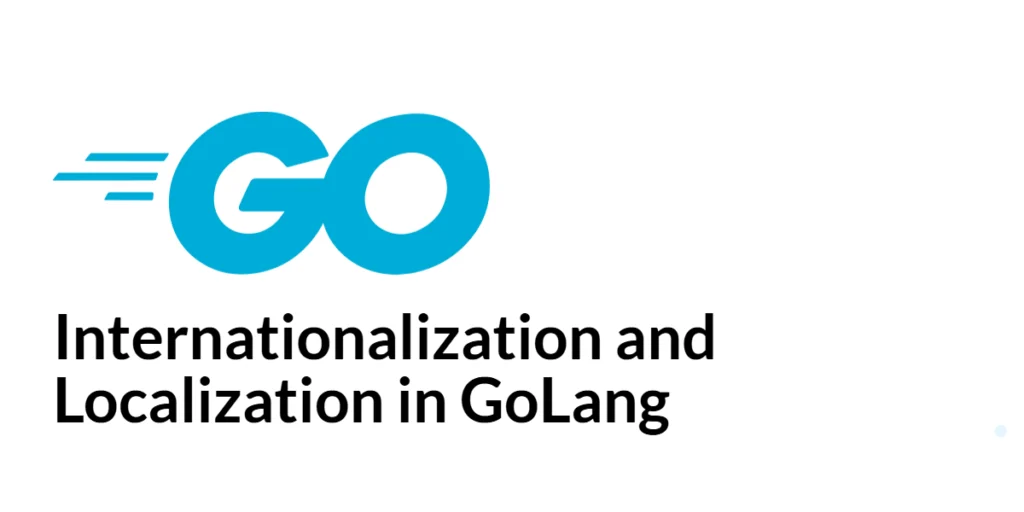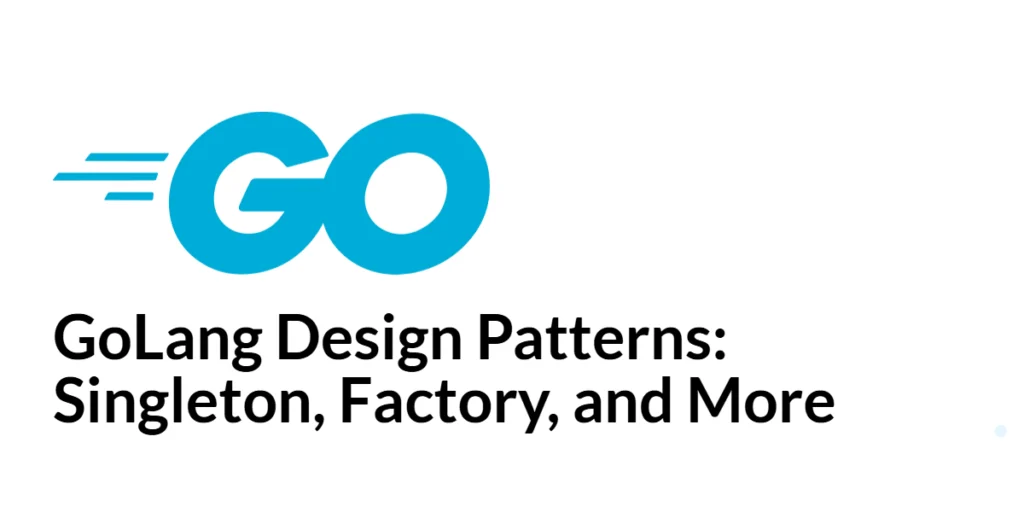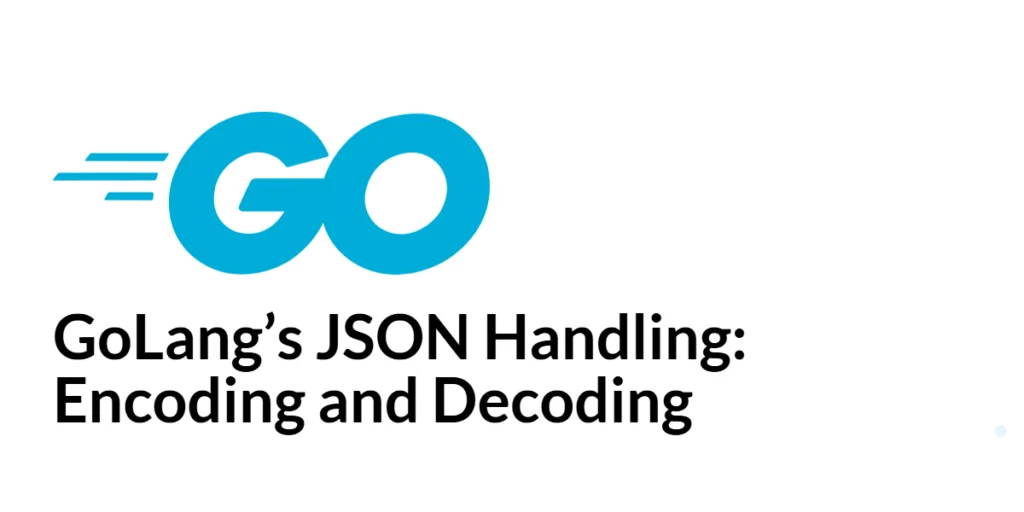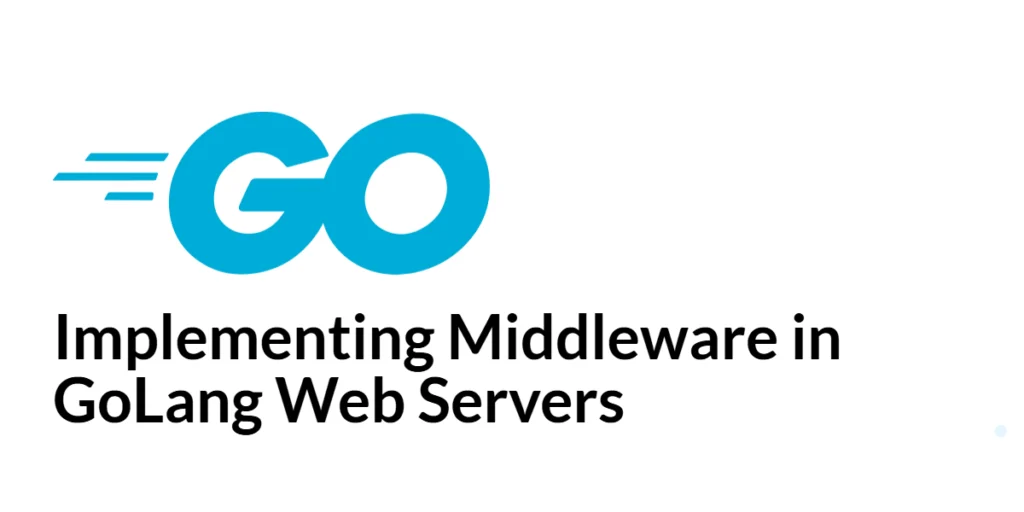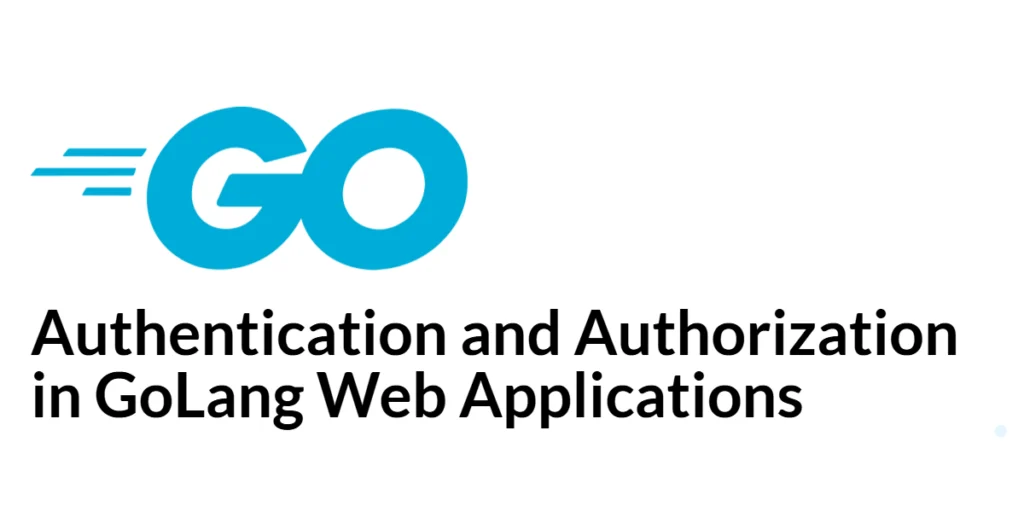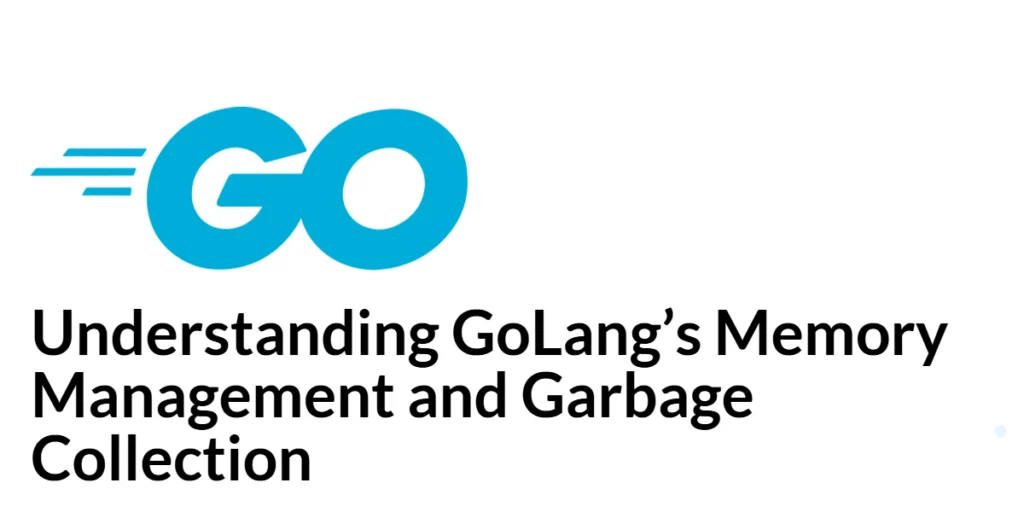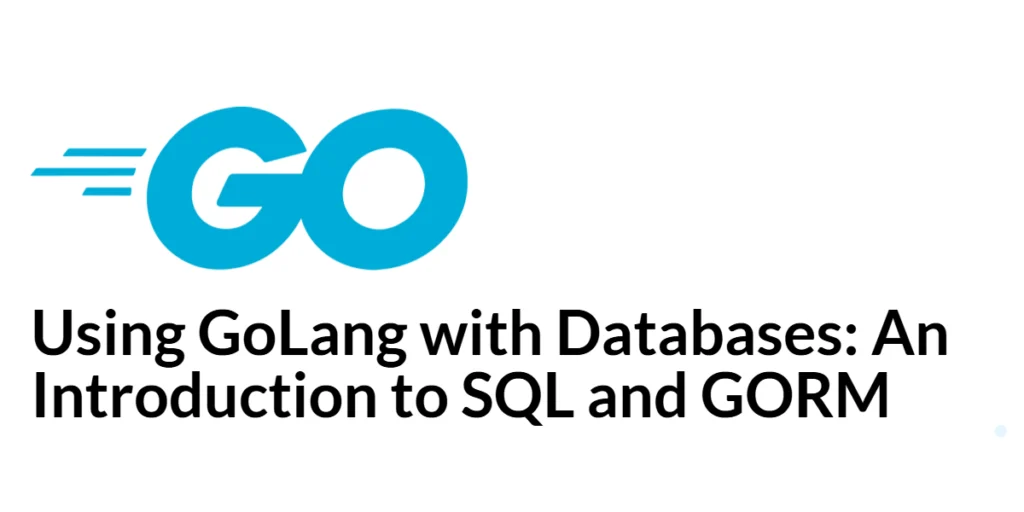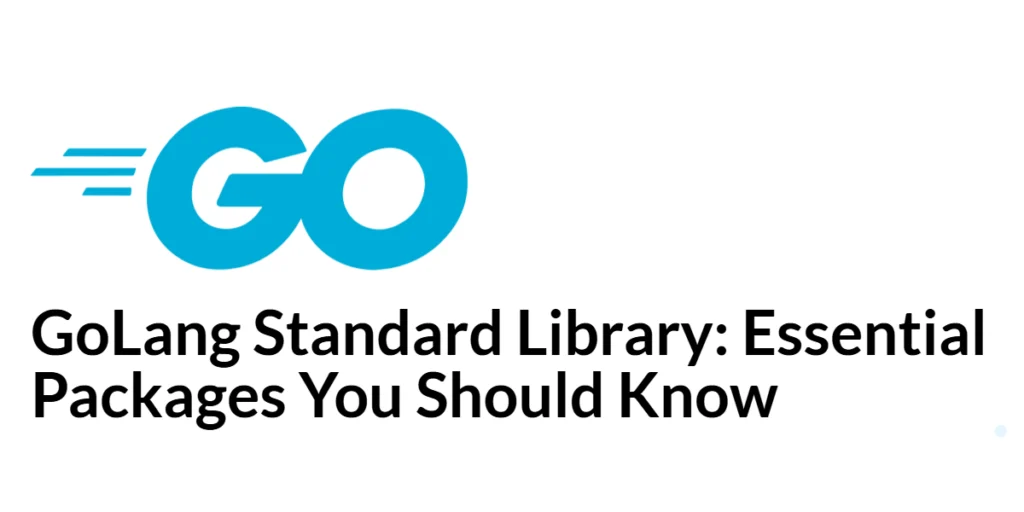GoLang and WebSockets: Real-Time Communication
Real-time communication is crucial for many modern web applications, enabling instant data transfer between clients and servers. WebSockets provide a full-duplex communication channel over a single TCP connection, allowing for efficient real-time communication. Unlike traditional HTTP requests, WebSockets maintain an open connection, enabling continuous data exchange without the overhead of repeatedly establishing and tearing down […]
GoLang and WebSockets: Real-Time Communication Read More »

